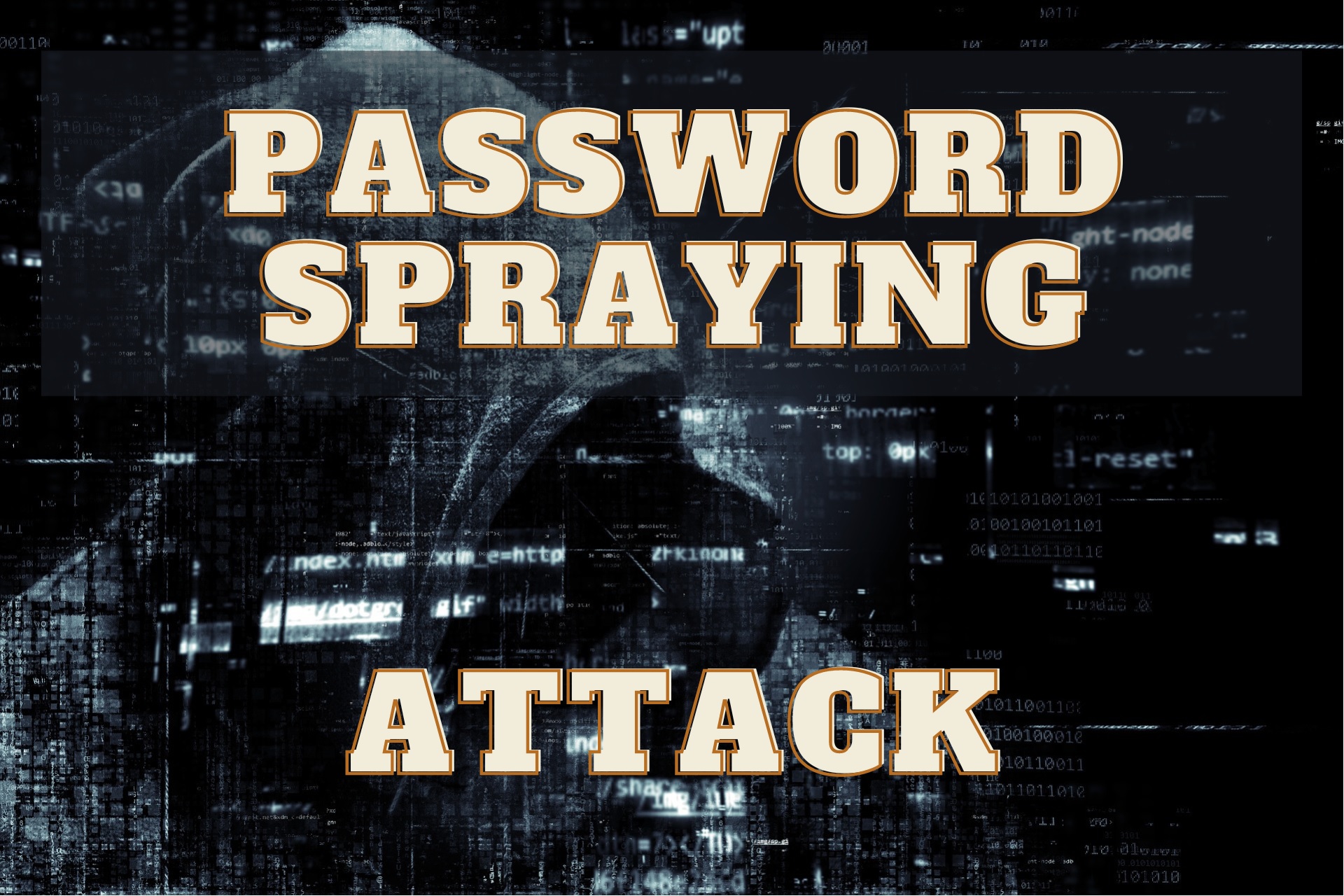In a rapidly evolving digital landscape, security concerns have never been more paramount. With the advent of advanced cyber threats, it’s crucial to stay informed and well-prepared. One such threat that demands your attention is Password Spraying. This comprehensive guide will not only educate you about what password spraying is but also equip you with the knowledge to protect your online world effectively.
Table of Contents
What is Password Spraying?
Password spraying is a malicious cyber-attack technique used by hackers to gain unauthorized access to various online accounts, systems, or applications. Unlike brute-force attacks, where hackers systematically attempt to guess a single user’s password, password spraying involves trying a few common or easily guessable passwords against many usernames or email addresses. The goal is to find a weak link in the security chain.
How Password Spraying Works
Understanding the mechanics of password spraying is essential for thwarting such attacks. Here’s how it typically works:
1. Username Enumeration: Hackers begin by collecting a list of valid usernames or email addresses. This can be obtained from publicly available information, data breaches, or other sources.
2. Password Guessing: Instead of repeatedly trying various passwords for a single account, attackers try a few commonly used passwords across all the collected usernames. This approach helps them remain inconspicuous and evade account lockouts.
3. Stealthy Execution: To avoid detection, attackers employ various evasion techniques. This might include slowing down login attempts, rotating IP addresses, or leveraging multiple distributed systems.
4. Successful Entry: When a match is found and a login attempt succeeds, the attacker gains access to the account. From there, they may exploit the compromised account for various malicious purposes, such as data theft, fraud, or further attacks.
The Dangers of Password Spraying
Password spraying presents serious threats to individuals and organizations alike.
- Data Breaches
Once attackers gain access to an account, they can access sensitive information, including personal data, financial records, and confidential documents. This could lead to data breaches with severe consequences.
2. Identity Theft
Stolen credentials can be used for identity theft, enabling hackers to impersonate victims and engage in fraudulent activities, such as financial transactions, applying for loans, or committing crimes in the victim’s name.
3. Ransom Attacks
Hackers might lock victims out of their own accounts and demand a ransom for account access restoration. Falling prey to such demands can be costly and doesn’t guarantee account recovery.
4. System Compromise
If password spraying is successful against an organization, it could lead to the compromise of critical systems and sensitive data, potentially causing significant financial losses and damage to reputation.
Tools for Password Spraying
Let’s delve into the tools that hackers commonly used for password spraying attacks. Understanding these tools is crucial for organizations and individuals looking to defend against such threats.
1. Hydra
Hydra is a popular and versatile password cracking tool that supports various protocols, making it a preferred choice for hackers conducting password spraying attacks. It allows attackers to automate login attempts with a wide range of username and password combinations. This tool’s flexibility makes it a significant threat in the wrong hands.
2. CrackMapExec (CME)
CrackMapExec is a post-exploitation tool that integrates various password spraying techniques and functionalities. It is often used in conjunction with other hacking tools and can efficiently target both Windows and Unix systems. Its modular approach and ease of use make it a dangerous asset in the hands of attackers.
3. RDP Brute
This tool is specifically designed for targeting Remote Desktop Protocol (RDP) services, commonly used for remote access to Windows machines. RDP Brute allows hackers to systematically test username and password combinations, making it a potent weapon for compromising Windows systems.
4. Medusa
Medusa is a command-line tool for network login password spraying attacks. It supports multiple protocols, including SSH, Telnet, HTTP, and others, making it versatile for hackers seeking vulnerabilities in different types of services.
5. Patator
Patator is a multi-purpose brute-forcing tool that can be used for password spraying attacks. It supports a wide range of network protocols, such as SSH, FTP, RDP, and more. Its modular design allows attackers to customize their attacks according to their targets.
6. Ncrack
Ncrack is a high-speed network authentication cracking tool. It is specifically designed to perform brute-force and dictionary-based attacks on various protocols. Ncrack’s efficiency in cracking passwords makes it a significant threat in the hands of cybercriminals.
7. Crowbar
Crowbar is a popular tool for cracking VNC and RDP passwords. It can perform brute force, dictionary, and hybrid attacks, making it effective against weak or common passwords. Attackers often use Crowbar to compromise remote desktop services.
8. THC-Hydra
THC-Hydra, a well-known password-cracking tool, supports a wide array of protocols, including HTTP, RDP, SSH, and more. It can perform both brute force and dictionary-based attacks, making it a versatile choice for hackers.
Protecting Against Password Spraying
Safeguarding your online presence against password spraying is of utmost importance. Here are some best practices to enhance your security:
Strong Passwords
It’s essential to employ robust, one-of-a-kind passwords for every individual account. A secure password usually comprises a mix of uppercase and lowercase letters, numbers, and special symbols. Refrain from using easily predictable passwords such as “123456” or “password.”
Multi-Factor Authentication (MFA)
Implement MFA wherever possible. MFA adds an extra layer of security by requiring two or more forms of identification, making it significantly harder for attackers to gain unauthorized access.
Account Lockout Policies
Enforce account lockout policies that temporarily lock an account after a specified number of failed login attempts. This hinders attackers attempting to password spray.
Regular Password Changes
Frequently change your passwords, especially for critical accounts. Regularly updated passwords can minimize the risk of attackers gaining long-term access.
You can follow us on LinkedIn and Twitter for Cloud & Cybersecurity updates.
Also read..
Kerberoasting Attack: A Cybersecurity Threat
Top 10 Active Directory Attacks Methods

